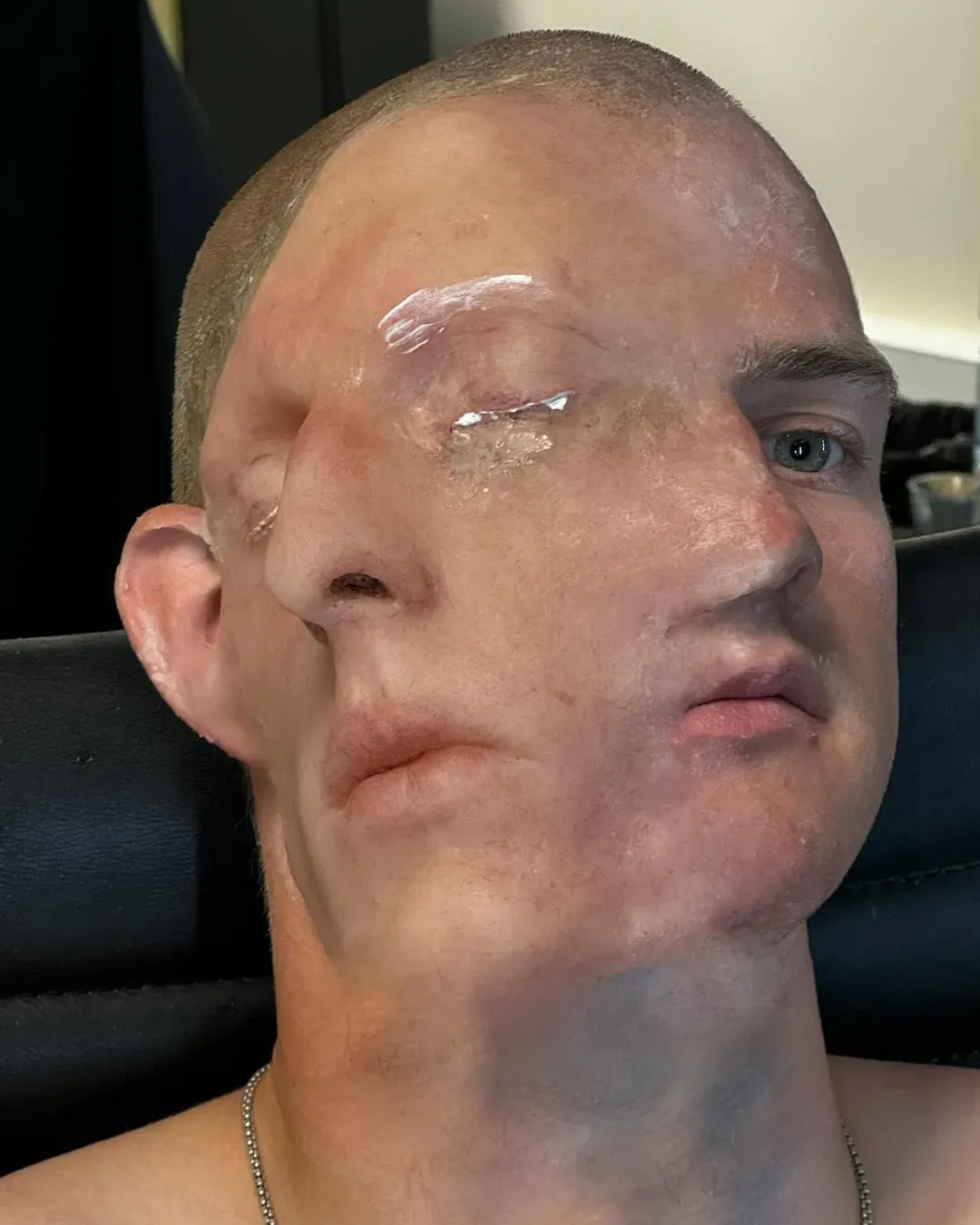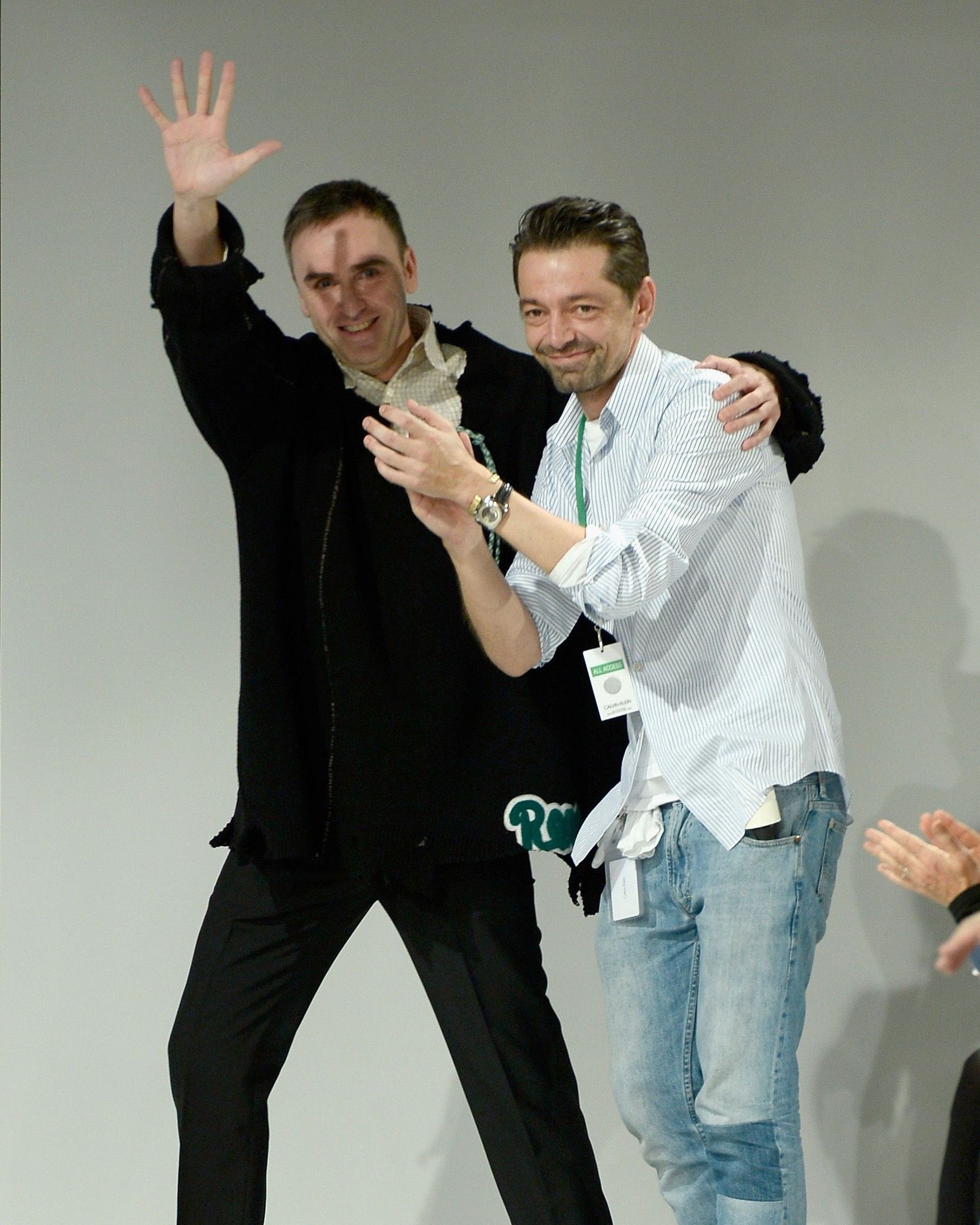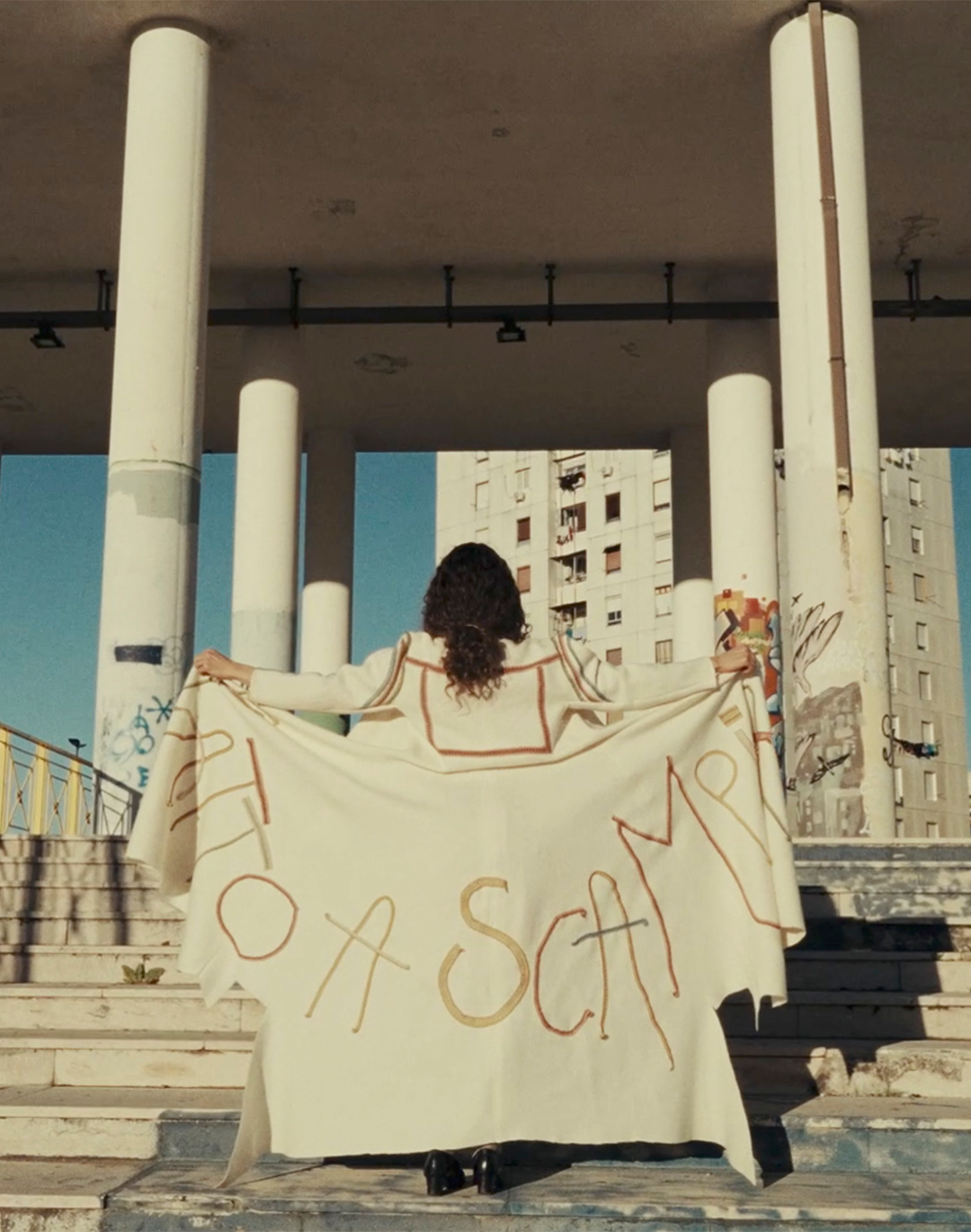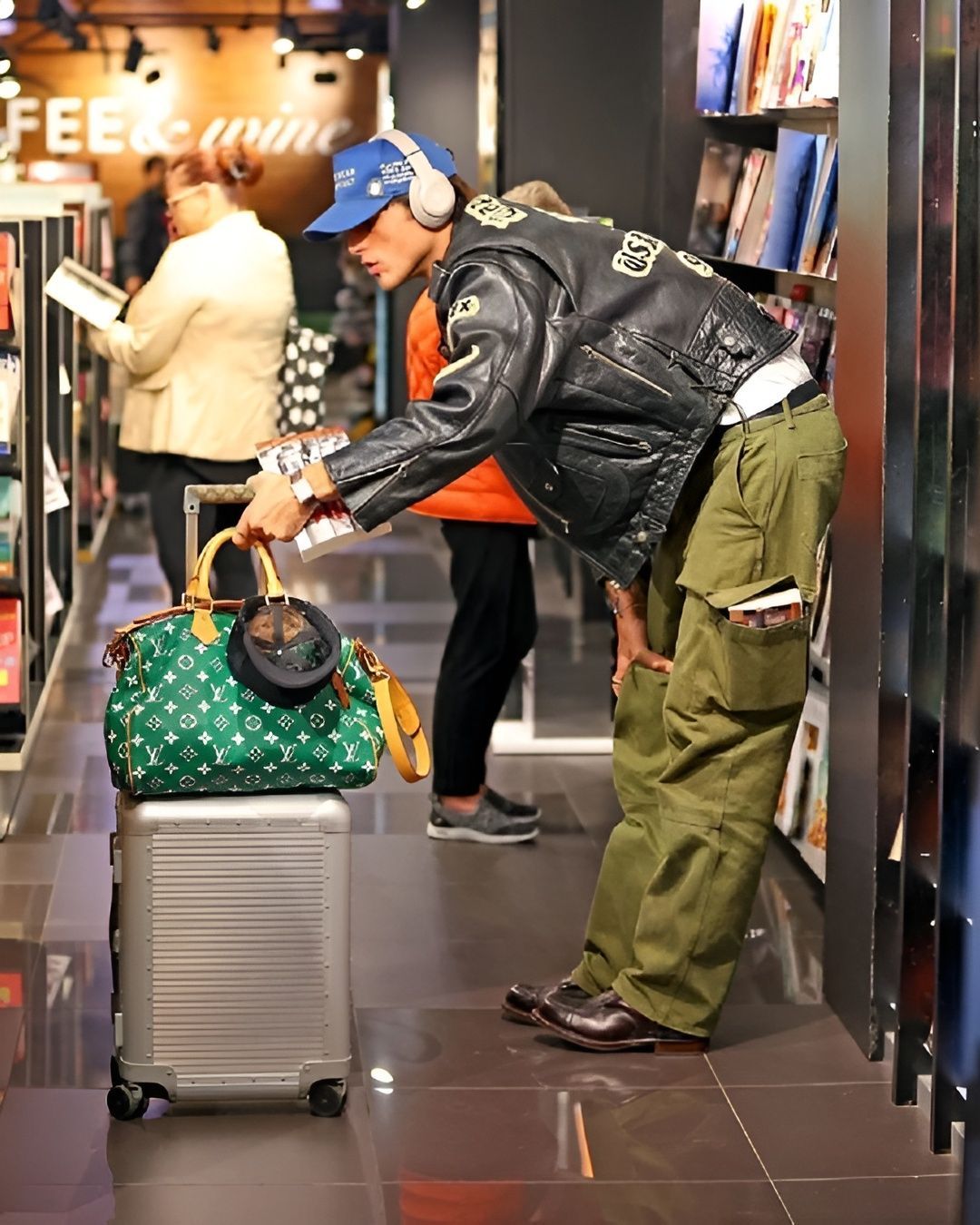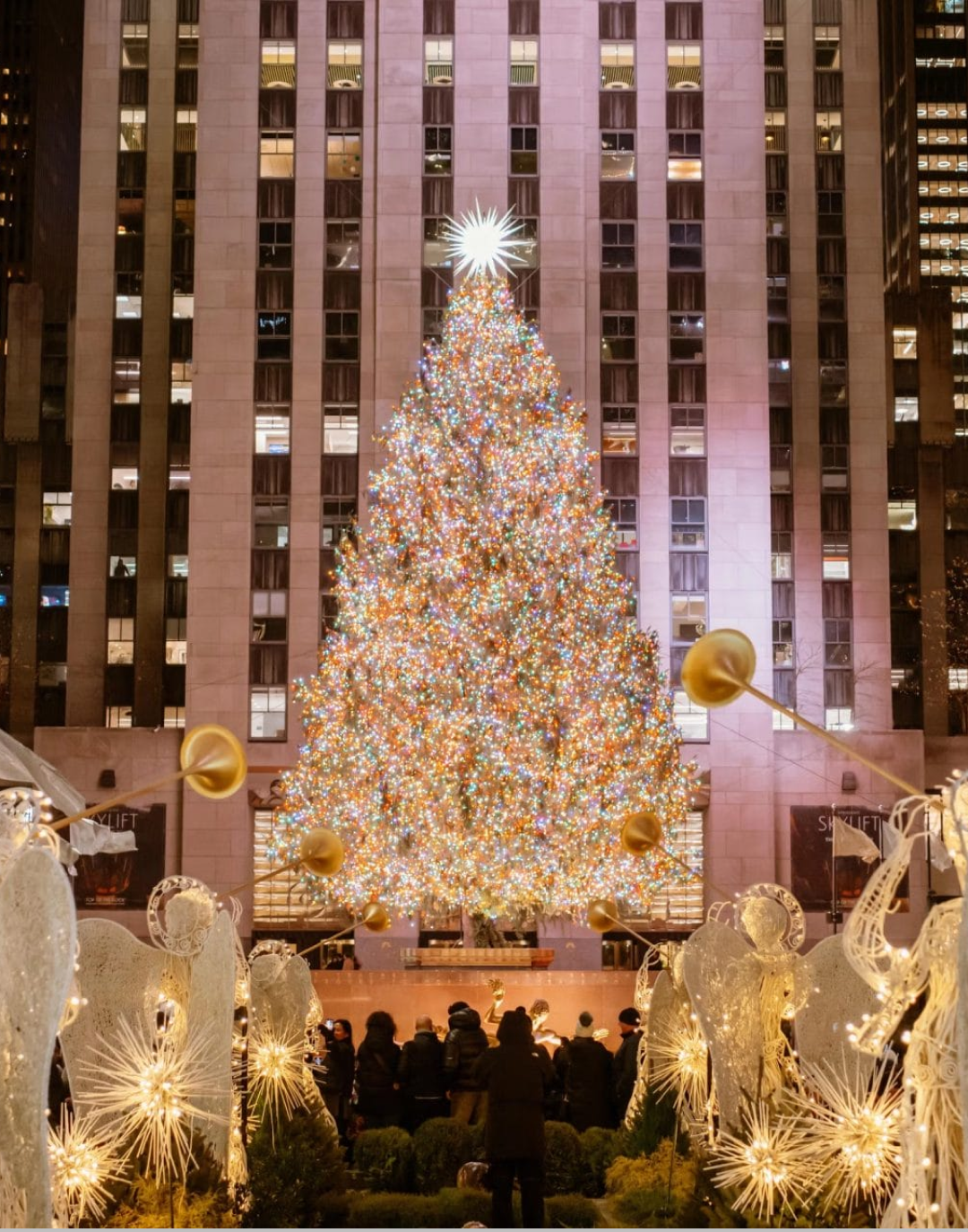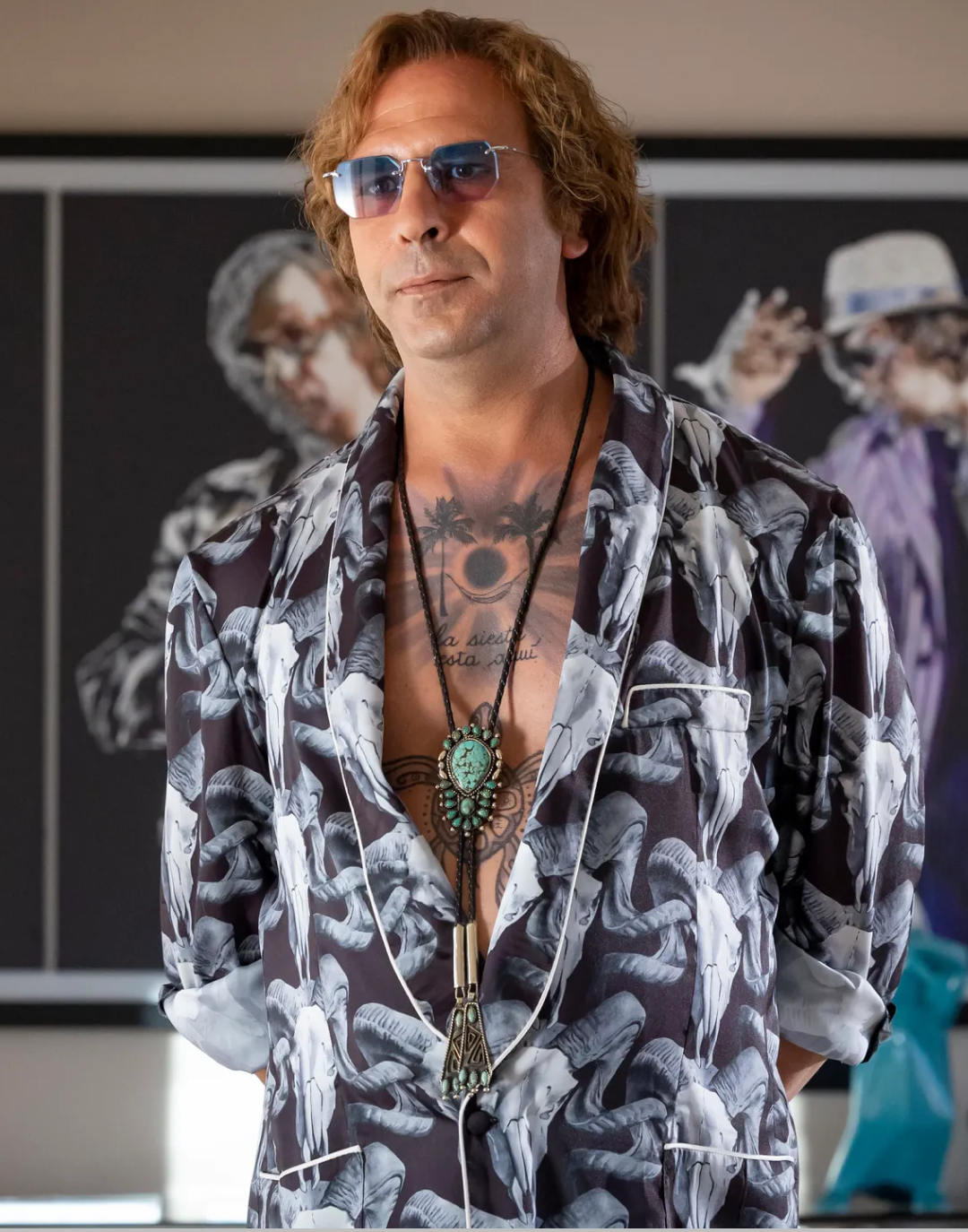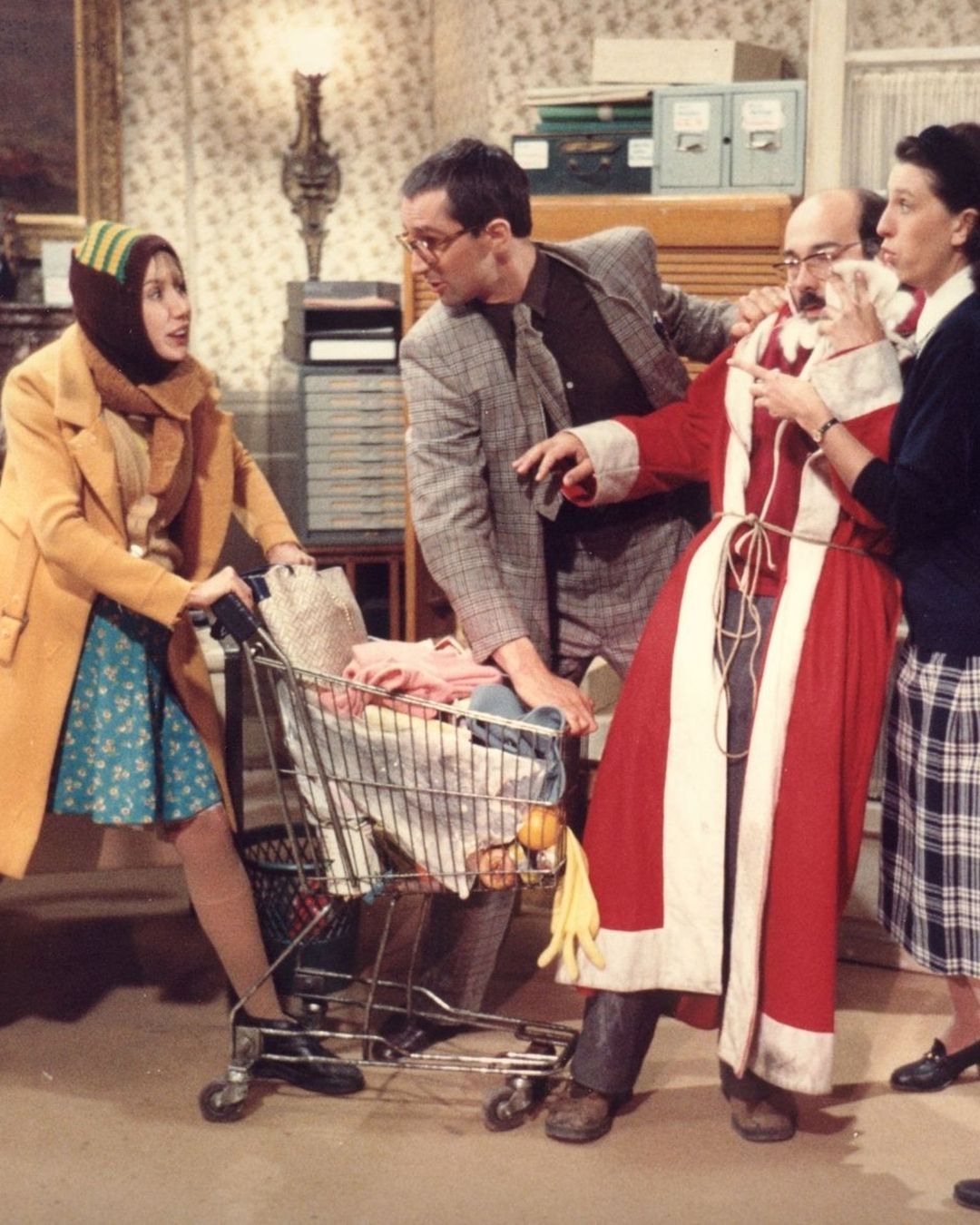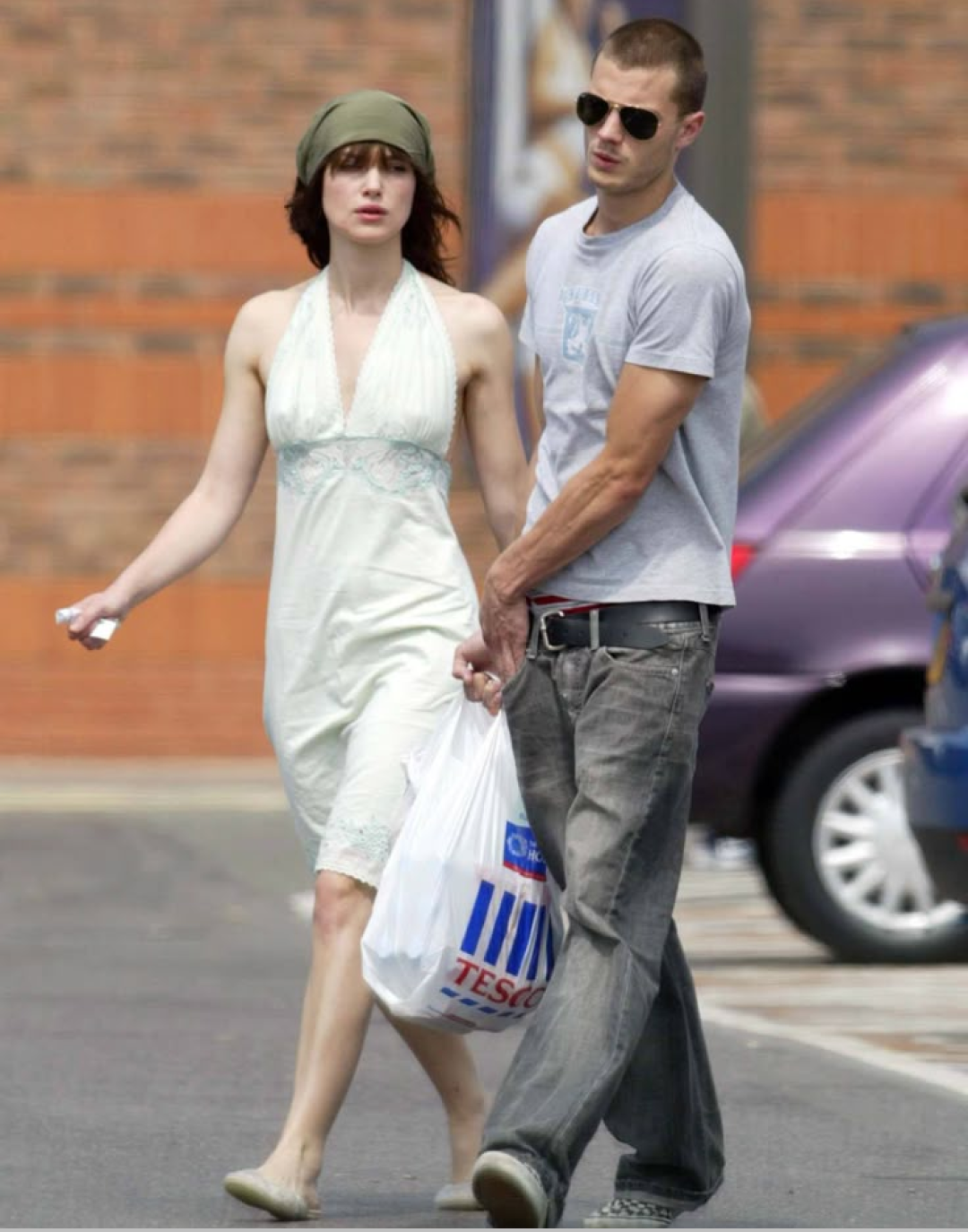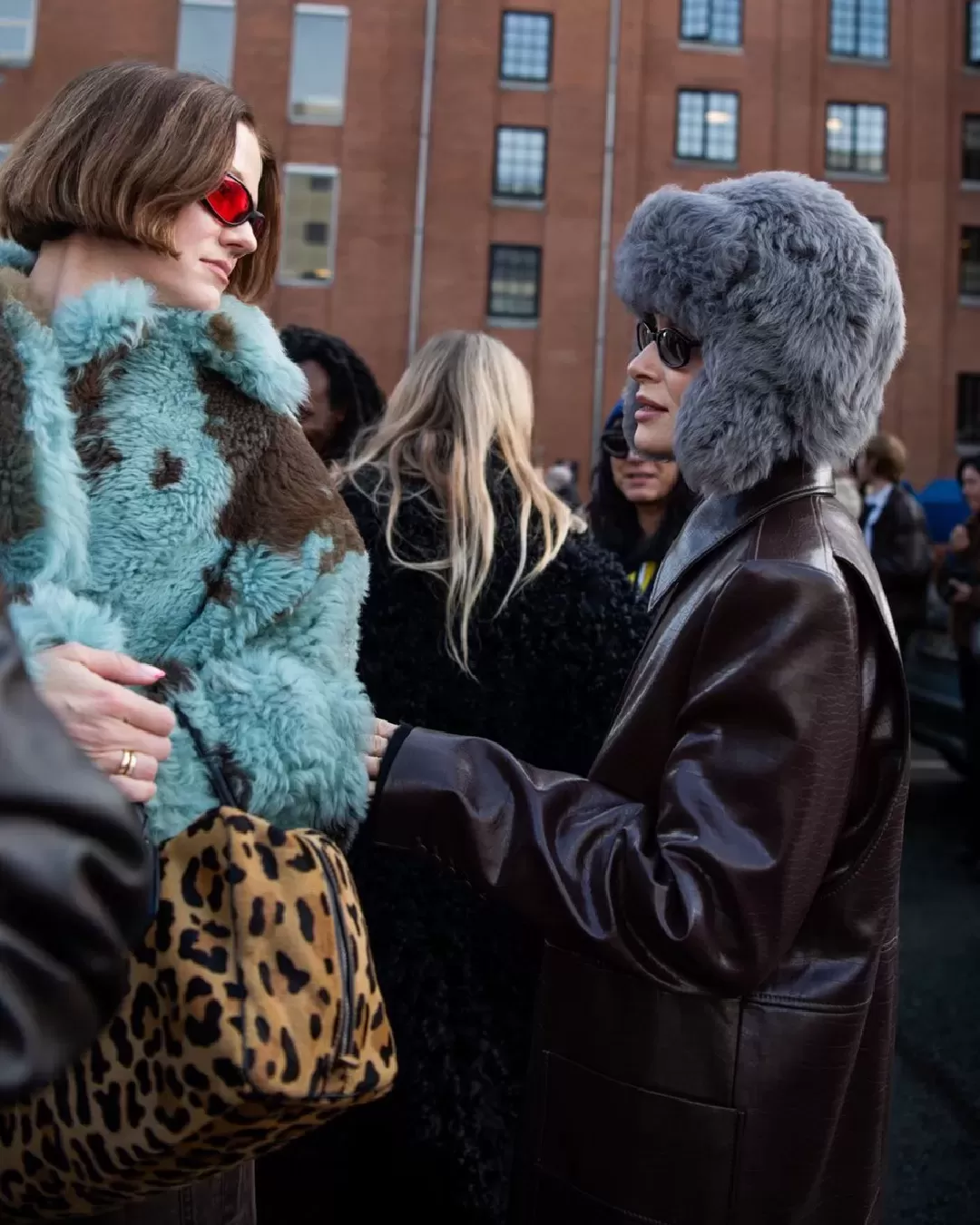
We need an app even to make friends But will it be the right answer to the loneliness epidemic?
In recent years, the world of dating apps has started to change. A slow but noticeable shift, driven by an increasingly widespread desire: to build authentic relationships, whether romantic or simply friendly. According to a recent survey published by Forbes, users today spend an average of 51 minutes a day on dating apps. A sharp decline compared to ten years ago, when the average daily time exceeded 100 minutes on platforms like Tinder and Bumble. The real boom of dating apps occurred during the Covid-19 pandemic, when restrictions made in-person meetings impossible. But with the end of the health emergency and the return to normalcy, the use of these platforms has also started to decline: the percentage of adults using online dating sites has dropped from 18% to 15%, again according to Forbes data. A drop that seems more generational than due to a lack of interest. As many as 80% of Millennials – the group that used these apps the most – now say they are no longer attracted to online dating, preferring more “real” and meaningful relationships. But while apps for finding a soulmate seem to be going through a crisis, others with a different goal are emerging: making friends. A growing trend, also because today loneliness is not just a romantic problem. A study by the German foundation Bertelsmann Stiftung reveals that 57% of young Europeans feel lonely, moderately or severely, while according to a 2023 survey commissioned by Bumble, two-thirds of Generation Z reported having met at least one new friend online.
@doctor.bing Is loneliness bad for your brain? #brain #neurology #brainhealth #neurologist #introvert #lonely #neuroscience original sound - Dr. Bing, MD MPH
What many are calling the loneliness epidemic has thus extended into the realm of friendship, as social media often encourages superficial interactions that do not become true bonds. And this is exactly where friendship apps come into play. One example is Bumble For Friends, a spin-off of the popular dating app, which in 2023 became an independent platform with the goal of creating friendship-only connections. There’s also Timeleft, an app that organizes weekly dinners among strangers, selected by an algorithm that identifies potential affinities. Or Hey Vina!, designed exclusively for women, advertised as the "Tinder for friends" to promote meeting people with common interests. Bumble For Friends works similarly to the parent app, with one-on-one matches and swiping between profiles. Timeleft, on the other hand, offers paid group events, such as dinners with political, sports, or artistic themes. In Italy, an app that is rapidly growing is Tablo, founded in 2019 by Paolo Bavaro, which saw a spike in users after the pandemic, reaching 600,000 active members. Tablo allows you to create a “social dinner table” in a bar or restaurant, choosing a specific theme and letting anyone, in any city, join. However, one unresolved issue remains: turning virtual encounters into true, lasting friendships. Many users, in fact, while appreciating the ease of connection these new platforms offer, say that building a real friendship takes time, consistency, and a certain “chemistry” that apps alone cannot guarantee. And yet, the direction is clear. In a world that is increasingly connected and, paradoxically, increasingly lonely, technology is trying to give social life back its human dimension, even if the future of relationships still seems tied to swiping.






